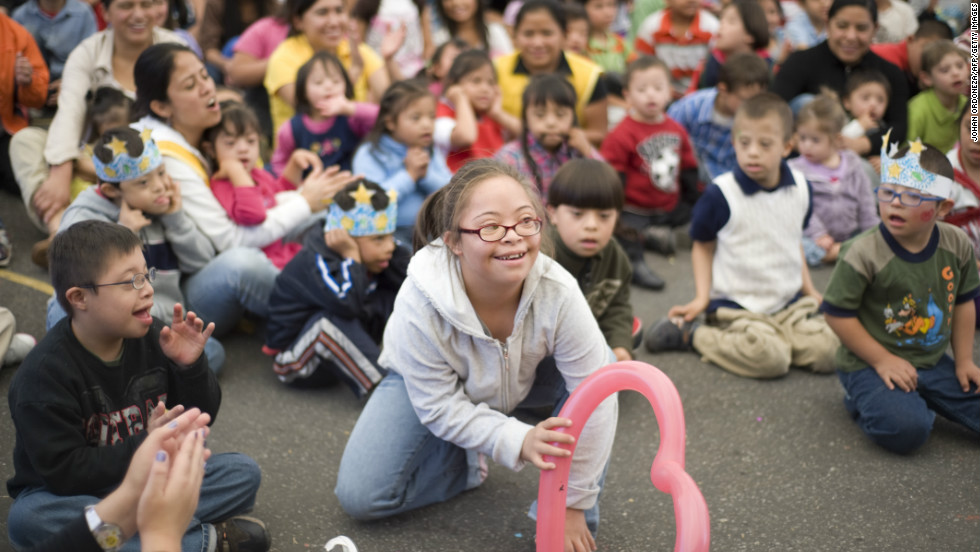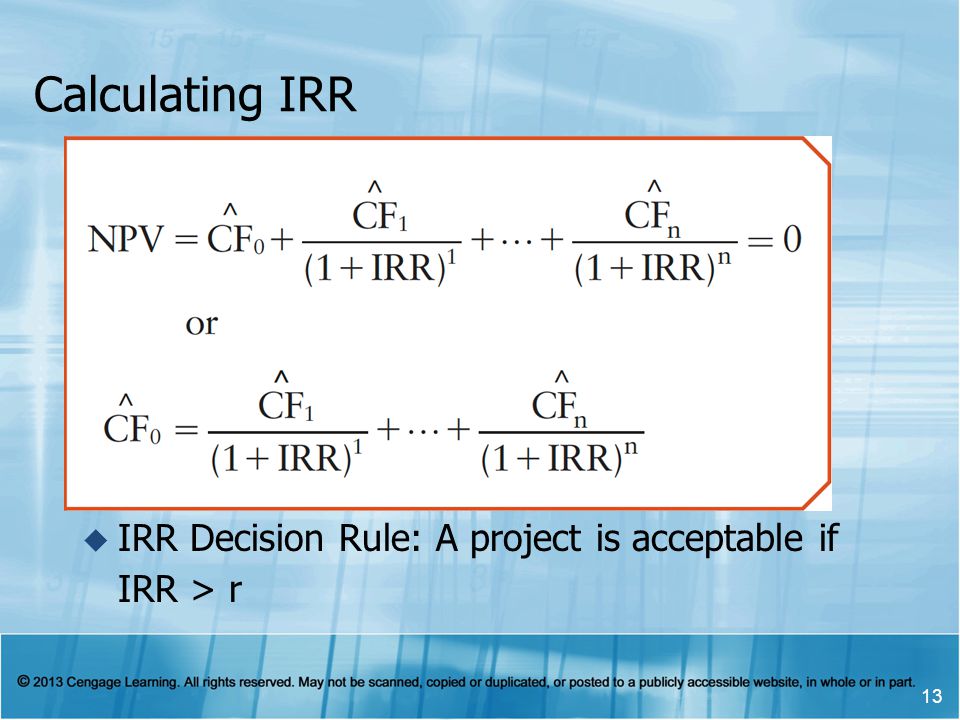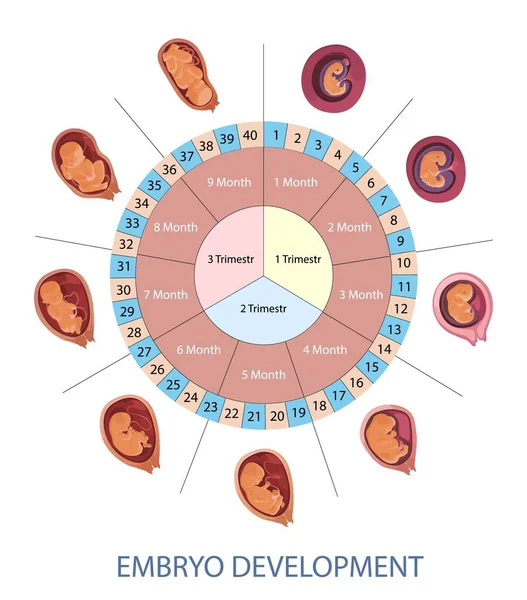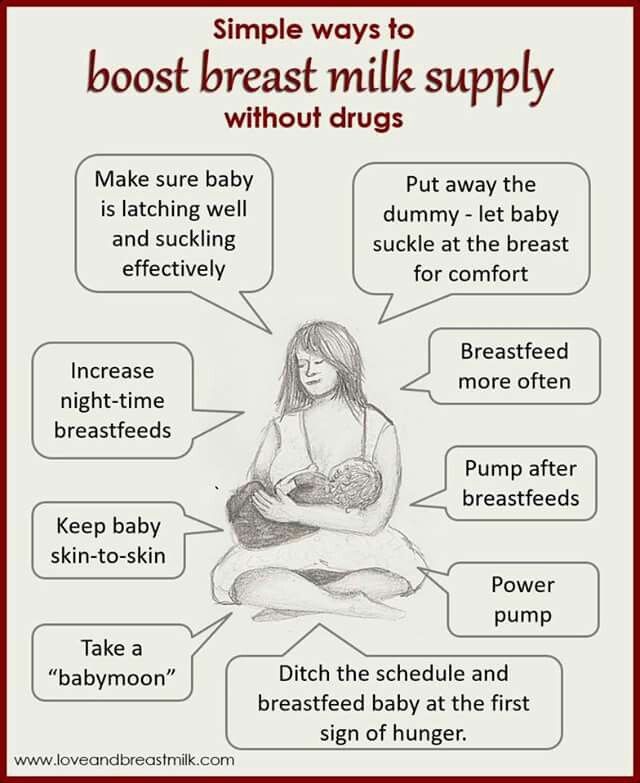Common children disabilities
10 common disabilities American children have
A 10-year analysis found that disabilities among American kids are on the rise, especially mental and developmental issues, according to The Associated Press. In 2012, 8 percent of American children were reported to have disabilities, compared to 7 percent in 2000.
There’s a gap, too, when it comes to wealth. Wealthier families have seen a rise in these issues, while “disadvantaged kids still bear a disproportionate burden,” the AP reported. The study found 10 percent of kids stuck in poverty had disabilities, while 6 percent of wealthier kids were impacted.
“The increases may partly reflect more awareness and recognition that conditions, including autism, require a specific diagnosis to receive special services, the researchers said,” according to the AP.
What disabilities are kids diagnosed with in today’s America? Here are 10 learning disabilities that American children are facing today:
Autism
In America, one in 68 kids has autism, according to the Centers for Disease Control and Prevention. Most kids are diagnosed with autism between 2 and 6 months old, studies have found, and it tends to impact boys more than girls. But some potential signs of autism are sometimes hidden in plain sight.
Attention deficit hyperactivity disorder
Kids who are unfocused and lack undivided attention skills are sometimes diagnosed with ADHD, according to the National Institute of Mental Health. In fact, 9 percent of Americans kids between the ages of 13 and 18 suffer from ADHD, with 4.1 percent of American adults having been affected by the disability, too, NIH reported. Symptoms include failing to pay attention and becoming bored in tasks.
Cerebral palsy
Cerebral palsy occurs when the brain's development is slowed or damaged and a person can no longer function well physically, according to WebMD. It usually develops in kids when they are 2 or 3 years old, and affects more than 10,000 infants every year, WebMD reported.
Down syndrome
The National Down Syndrome Society reported that Down syndrome affects one in every 691 kids (about 6,000) every year, with 400,000 Americans overall having the disability. It occurs when parents pass on an extra copy of chromosome 21, leading to extra material in the brain, according to the society. Down syndrome usually leads to some physical issues, like having a smaller stature and slanted eyes. But what happens to Down syndrome kids from a mental syndrome differs from kid to kid, the society said.
It occurs when parents pass on an extra copy of chromosome 21, leading to extra material in the brain, according to the society. Down syndrome usually leads to some physical issues, like having a smaller stature and slanted eyes. But what happens to Down syndrome kids from a mental syndrome differs from kid to kid, the society said.
Epilepsy
Across the world, 65 million people have been diagnosed with epilepsy, including 2 million in the United States, according to the Epilepsy Foundation. Epilepsy is a brain development disability that causes people to have seizures. A common way to spot epilepsy is if someone has two or more seizures within a 24-hour period, according to the Epilepsy Foundation.
Spina bifida
According to the Spina Bifida Association, spina bifida is one of the most common disabilities for children in the United States as eight babies every day are born with the split-spine disability. This requires kids to use wheelchairs, crutches or even braces to move around.
Dyslexia
Dyslexia is an issue that causes kids and adults to have trouble processing language, according to the National Center for Learning Disabilities. About 15 percent of Americans have trouble with reading, which may be associated with the disability, the center reported. The disease can impact how a kid reads and writes in school, thus making it a major issue for parents across America.
Dyscalculia
Much like dyslexia, dyscalculia is a learning disability that is connected to reading — only it deals with math problems, according to the NCLD. Those with dyscalculia — about 6 percent of the population — have a tough time stringing together the equations that they see on paper. This leads to trouble solving mathematic problems or sitting through math classes, even if they perform well in other subjects.
Intellectual disability
This is a broad term to describe those who may have some mental limitations in what they can learn and understand. According to the National Dissemination Center for Children with Disabilities, intellectual disabilities can impact the way kids think, talk and walk. Some with intellectual disabilities can eventually learn things like other kids, but it takes more time and effort to try to understand everything they learn.
According to the National Dissemination Center for Children with Disabilities, intellectual disabilities can impact the way kids think, talk and walk. Some with intellectual disabilities can eventually learn things like other kids, but it takes more time and effort to try to understand everything they learn.
Depression
Depression is something that impacts more than 50 percent of adults, and it can also have an impact on kids. Psychology expert Michael Watson cited a case study that found people can be less productive in school or work if they have depression. One way to combat depression, Watson said, is to have people around to support them.
Email: [email protected], Twitter: @herbscribner
What is a childhood disability?
What is a childhood disability? | Pregnancy Birth and Baby beginning of content4-minute read
Listen
What is disability?
A person with disability may be unable to perform certain functions as well as most other people.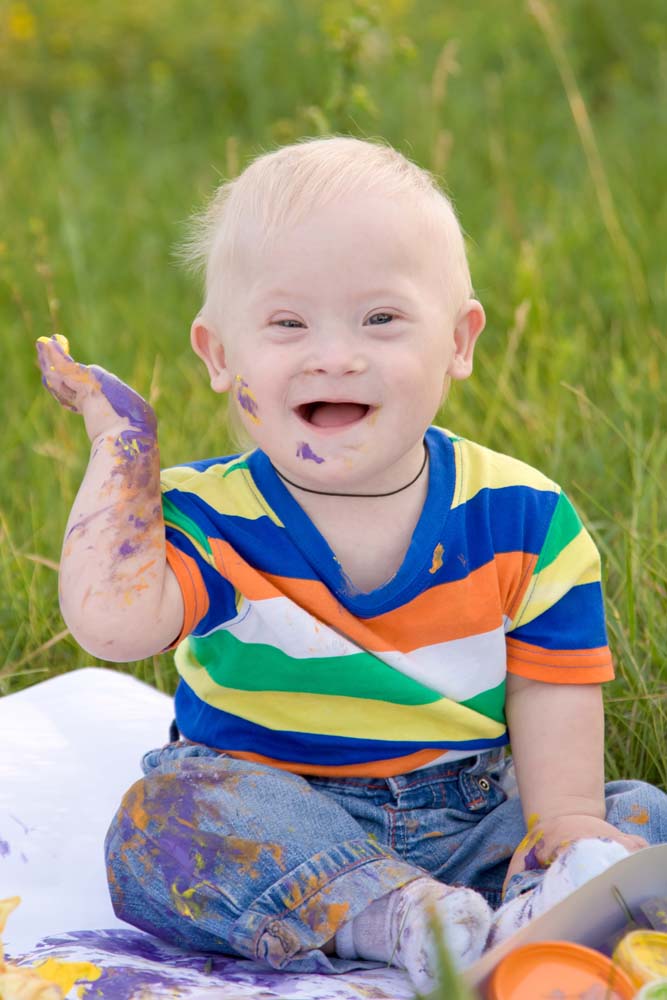 The disability may be physical; it may involve senses, including seeing or hearing; it may involve finding it difficult or impossible to think clearly; or it may involve mental health. Many people with a disability have full abilities in other areas.
The disability may be physical; it may involve senses, including seeing or hearing; it may involve finding it difficult or impossible to think clearly; or it may involve mental health. Many people with a disability have full abilities in other areas.
Disability is common — about 1 in 50 children has a disability. There are many types of disability, including disabilities that children are born with, disabilities that develop after birth, and disabilities that are caused by injury.
Children with disability may have special needs and require early intervention and as much support as possible.
Common disabilities such as autism, Down syndrome and intellectual and physical disabilities create challenges with thinking, behaviour and skill development.
Childhood disability
Disability in childhood can have a lifelong impact on a person’s physical, mental and emotional health, as well as their social situation. Children with disability may have special needs, particularly regarding health and education, and may need to negotiate significant social and environmental barriers in order to fully participate in everyday life.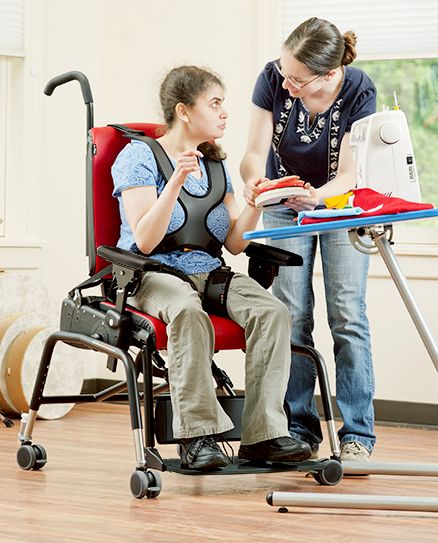
Congenital disorders
A congenital disorder is a condition that is present from birth. It can be inherited or caused by environmental factors. Common congenital disorders include:
- intellectual disability — where a child takes longer to learn than others and may experience delays in their development
- Down syndrome (Trisomy 21) — a common genetic condition that causes intellectual disability
- cerebral palsy — a physical disability that makes it hard for a child to control how their body moves
- Fragile X syndrome — an inherited condition that causes intellectual disability and learning and behaviour problems
Find out more here about congenital disorders.
Developed after birth
Some disabilities develop after birth. These include hearing problems, heart conditions, and blood, metabolism and hormone disorders. Detecting these problems soon after birth can prevent them from becoming more serious physical, intellectual, visual or hearing disabilities.
Autism
Autism is a disability that is now known by the term ‘autism spectrum disorder’.
Children aren’t usually diagnosed with autism until after they have reached 2 years of age. Although its causes are not fully understood, autism has been linked to genetic factors.
Caused by injury
Physical, mental and behavioural disabilities can occur when a trauma or injury (such as falling from a height) affects the brain. Other causes of acquired brain injury include loss of oxygen (for example, due to asthma or after a near- drowning), infection (such as meningitis) and stroke.
Severe physical injuries, such as spinal cord injury or losing an arm or leg in an accident, can cause physical disability.
Developmental delay or disability?
Disabilities are different from developmental delays. A child with a developmental delay is developing skills more slowly than most other children. This does not mean they have disability.
Not all children develop at the same rate, so some children naturally take longer to develop than others.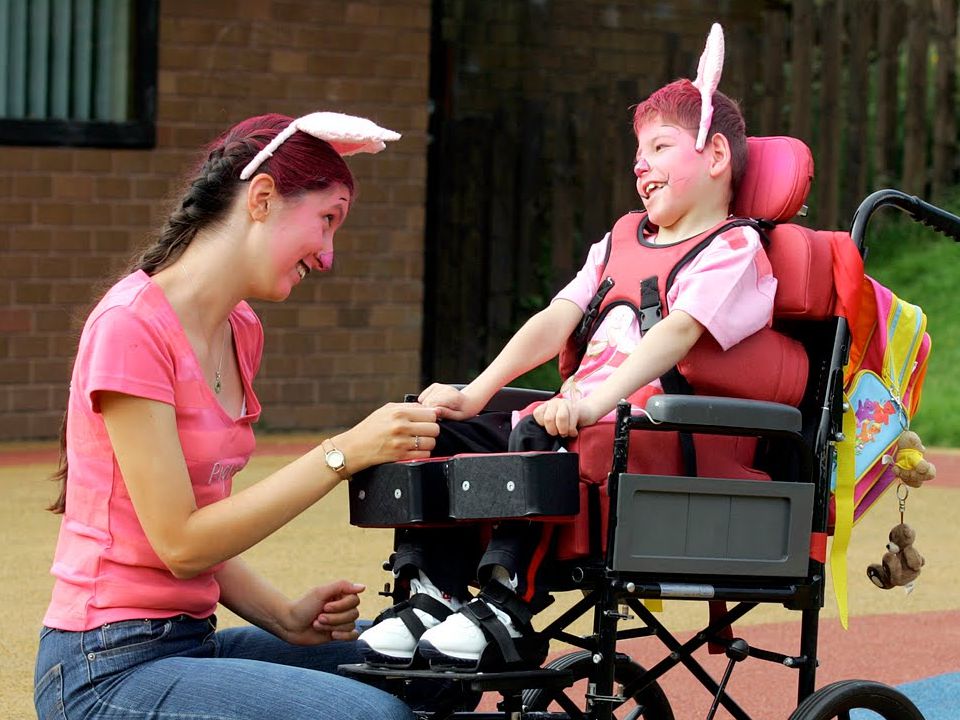 Developmental delays can be short or long-term and can happen in any area of your child’s development.
Developmental delays can be short or long-term and can happen in any area of your child’s development.
In contrast, disabilities such as cerebral palsy, autism, some speech disorders, hearing impairment and intellectual disability will last for your child’s whole life. They will have permanent delays in the area of their disability.
Sources:
Raising Children Network (Intellectual disability), Raising Children Network (Down syndrome), Raising Children Network (Cerebral palsy), Raising Children Network (Fragile X syndrome), Raising Children Network (Acquired brain injury (ABI)), Raising Children Network (Developmental delay), Raising Children Network (Autism: overview), Raising Children Network (Newborn screening), World Health Organization (Congenital anomalies)Learn more here about the development and quality assurance of healthdirect content.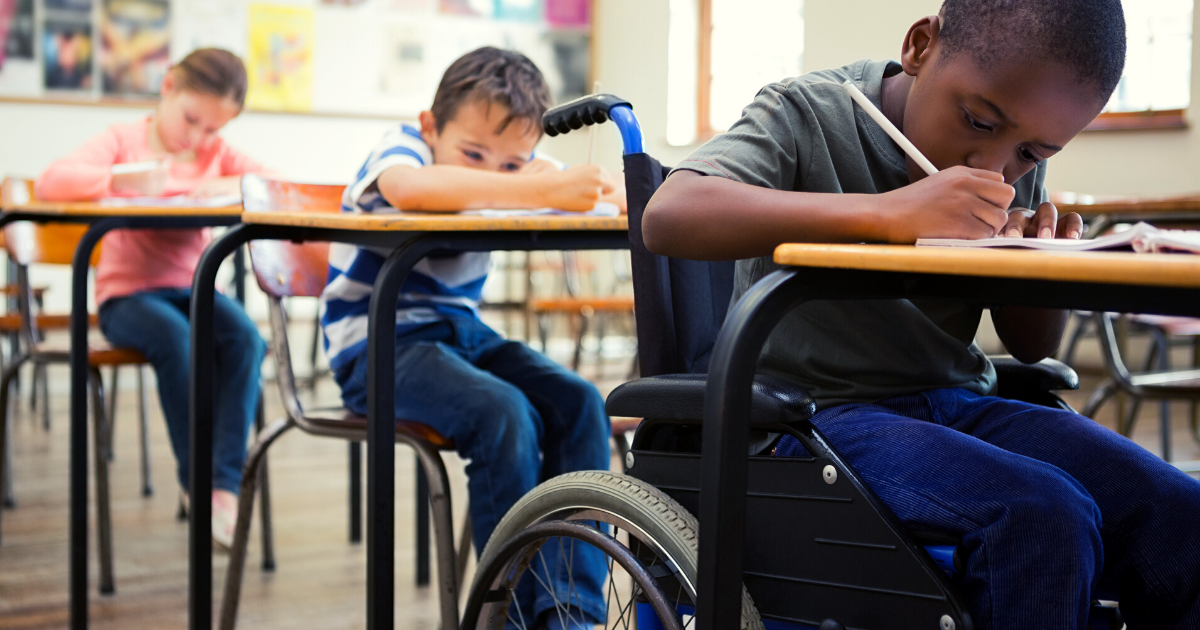
Last reviewed: June 2021
Back To Top
Recommended links
- Carer support (opens in a new window)
carergateway.gov.au
Related pages
- Disability and parenting support
- Early childhood intervention
- Your feelings about your child's disability
- What is a congenital disorder?
- Disability rights for children
Need more information?
Intellectual disability | Sydney Children's Hospitals Network
What is intellectual disability? A child with an intellectual disability learns and develops slower than other children
Read more on Sydney Children's Hospitals Network website
Intellectual disability: children & teens | Raising Children Network
Intellectual disability is a reduced ability to think and to learn new skills.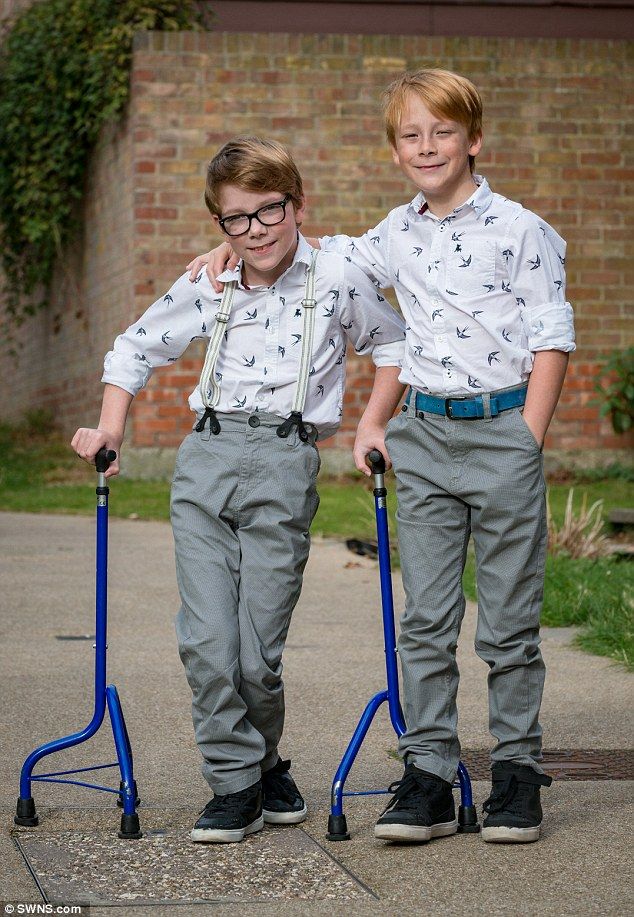 Here’s how to get support for children and teens with intellectual disability.
Here’s how to get support for children and teens with intellectual disability.
Read more on raisingchildren.net.au website
Learning disabilities: children & teens | Raising Children Network
Learning disabilities are problems with reading, spelling or maths. Read how to support children with learning disabilities so they can learn successfully.
Read more on raisingchildren.net.au website
Autism & disability services for children | Raising Children Network
Disability services can be confusing. Our guide to services for children with disability, autism and other additional needs helps you navigate the system.
Read more on raisingchildren.net.au website
Law & rights for children with disability | Raising Children Network
Here you’ll find information on disability rights and anti-discrimination law in Australia, as well as resources to help you find disability services.
Read more on raisingchildren.net.au website
NDIS plans & early childhood support | Raising Children Network
If your child is using the NDIS, you work with an NDIS representative to choose early childhood disability services to support your child’s development.
Read more on raisingchildren.net.au website
Dyslexia in children and teenagers | Raising Children Network
Dyslexia is a learning disability. Children with dyslexia have trouble with reading and spelling. Support helps children with dyslexia achieve and succeed.
Read more on raisingchildren.net.au website
Child disability services & support: video | Raising Children Network
In this video, parents and child disability experts talk about disability services for children, funding, service providers, respite care and counselling.
Read more on raisingchildren.net.au website
Mental Health Intellectual Disability hub | Sydney Children's Hospitals Network
The Sydney Children’s Hospital Network Mental Health and Intellectual Disability (MHID) Hub is a state-wide tertiary service to improve the mental health of children and adolescents with intellectual disability and/or autism under 18 years of age
Read more on Sydney Children's Hospitals Network website
Down syndrome in children: a guide | Raising Children Network
Down syndrome causes intellectual disability and other challenges. Early intervention can help children with Down syndrome reach their full potential.
Read more on raisingchildren.net.au website
Disclaimer
Pregnancy, Birth and Baby is not responsible for the content and advertising on the external website you are now entering.
Need further advice or guidance from our maternal child health nurses?
1800 882 436
Video call
- Contact us
- About us
- A-Z topics
- Symptom Checker
- Service Finder
- Linking to us
- Information partners
- Terms of use
- Privacy
Pregnancy, Birth and Baby is funded by the Australian Government and operated by Healthdirect Australia.
Pregnancy, Birth and Baby is provided on behalf of the Department of Health
Pregnancy, Birth and Baby’s information and advice are developed and managed within a rigorous clinical governance framework. This website is certified by the Health On The Net (HON) foundation, the standard for trustworthy health information.
This site is protected by reCAPTCHA and the Google Privacy Policy and Terms of Service apply.
This information is for your general information and use only and is not intended to be used as medical advice and should not be used to diagnose, treat, cure or prevent any medical condition, nor should it be used for therapeutic purposes.
The information is not a substitute for independent professional advice and should not be used as an alternative to professional health care. If you have a particular medical problem, please consult a healthcare professional.
Except as permitted under the Copyright Act 1968, this publication or any part of it may not be reproduced, altered, adapted, stored and/or distributed in any form or by any means without the prior written permission of Healthdirect Australia.
Support this browser is being discontinued for Pregnancy, Birth and Baby
Support for this browser is being discontinued for this site
- Internet Explorer 11 and lower
We currently support Microsoft Edge, Chrome, Firefox and Safari.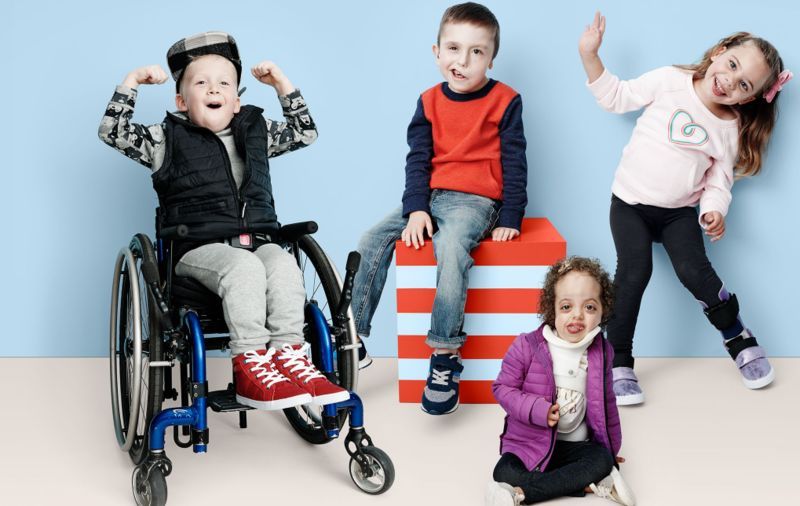 For more information, please visit the links below:
For more information, please visit the links below:
- Chrome by Google
- Firefox by Mozilla
- Microsoft Edge
- Safari by Apple
You are welcome to continue browsing this site with this browser. Some features, tools or interaction may not work correctly.
How to apply for disability in 2022
There are 11 million 631 thousand people with disabilities in Russia. Every twelfth inhabitant of the country is an adult or a child with a disability. This status often means not only physical, but also social restrictions: from difficulties with training and employment to visiting shops and theaters. To support such people around the world, the UN 15 years ago opened the Convention on the Rights of Persons with Disabilities for signing. And ten years ago this document was ratified in Russia. What has changed during this time - understood our publication.
In 2021, according to Rosstat, 11 million 631 thousand citizens with disabilities lived in Russia.
Of these, 6 million 499 thousand women and 5 million 134 thousand men had this status. There are 704 thousand children with disabilities in Russia, according to the latest official data.
The list of diseases for disability in Russia has not changed for several years. Among the main causes are general diseases and occupational injuries. Among them: diabetes, heart attack, asthma, epilepsy, oncology and even depression and psoriasis, as well as amputation and others.
At the same time, the list of causes of childhood disability is different: mental illness and mental retardation are in the first place with 30 percent of all diagnoses, then (24 percent) are congenital anomalies, then (10) are dysfunction of the endocrine system, and, finally, neurology and disorders motor function (8 and 5 percent, respectively).
Where disabled people live best
According to Rosstat, most disabled people live in the Central Federal District. Here, the largest population, respectively, and the number of disabled people is greater. A smaller number of disabled people was noted in the Volga Federal District. Next comes the Northwestern Federal District, where St. Petersburg dominates. The smallest number in the Far East. And in the Chukotka Autonomous Okrug there are less than two thousand such people.
Here, the largest population, respectively, and the number of disabled people is greater. A smaller number of disabled people was noted in the Volga Federal District. Next comes the Northwestern Federal District, where St. Petersburg dominates. The smallest number in the Far East. And in the Chukotka Autonomous Okrug there are less than two thousand such people.
Regions differ not only in the number of people with disabilities, but also in the conditions that they can provide. The latest rating of regions with the most accessible social infrastructure for such people was compiled by the Ministry of Labor even before the pandemic, in 2018.
At the same time, in Russia as a whole, 64.1 percent of social facilities, according to the Ministry of Labor, then turned out to be accessible to people with disabilities.
What the convention prescribes
In 2006, the United Nations drew attention to the different levels of opportunities for people with disabilities not only within one country, but also in different states.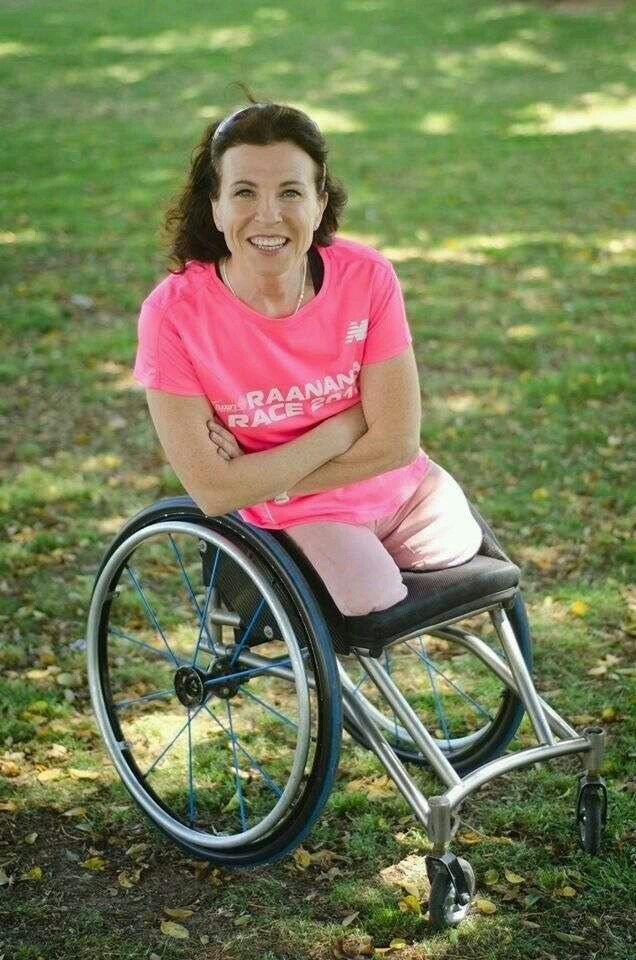 As a result, in 2006, the UN adopted the Convention on the Rights of Persons with Disabilities. In 2007, the document was opened for signing by countries, and in 2008 the convention entered into force.
As a result, in 2006, the UN adopted the Convention on the Rights of Persons with Disabilities. In 2007, the document was opened for signing by countries, and in 2008 the convention entered into force.
According to the document, the signatory countries undertake to ensure the realization of all human rights and freedoms without discrimination based on disability. And for this they guarantee, for example:
- accessibility of persons with disabilities to transport, to information and communications, as well as to facilities and services;
- recognition of the rights of persons with disabilities to education and ensuring access to it;
- expansion in the labor market of employment opportunities for disabled people and their promotion;
- providing persons with disabilities with the same range of free or low-cost health care services and programs as other persons. And so on.
What has changed in Russia
It took several years to bring Russian legislation into line with these and other norms.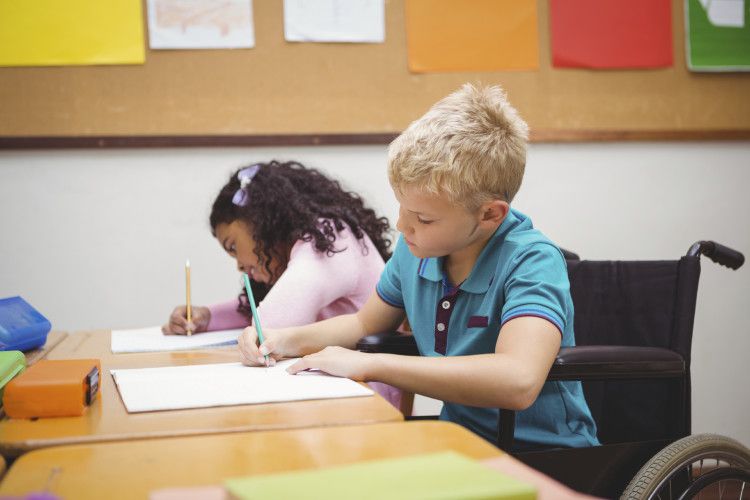 For this, 36 federal and 715 regional legislative acts were adopted, the Government reported on the work done in 2016. In real life, this was embodied in thousands of ramps installed throughout the country, the creation of specially designated parking spaces for the disabled, the purchase of automobile and urban transport available for the transportation of disabled people.
For this, 36 federal and 715 regional legislative acts were adopted, the Government reported on the work done in 2016. In real life, this was embodied in thousands of ramps installed throughout the country, the creation of specially designated parking spaces for the disabled, the purchase of automobile and urban transport available for the transportation of disabled people.
During the first five years of the implementation of the state program, the number of schools where disabled children could study increased by 4.8 times, and the number of institutions for adaptive sports for disabled people increased from 15 in 2011 to 57 institutions in 2016. Also, on six all-Russian TV channels, the number of subtitles increased from 3 to 14 thousand hours a year, which amounted to almost 30 percent of the airtime.
Work to ensure the rights of disabled people in Russia continues today, State Duma deputy, chairman of the All-Russian Society of Disabled People Mikhail Terentyev told Parliamentary Newspaper.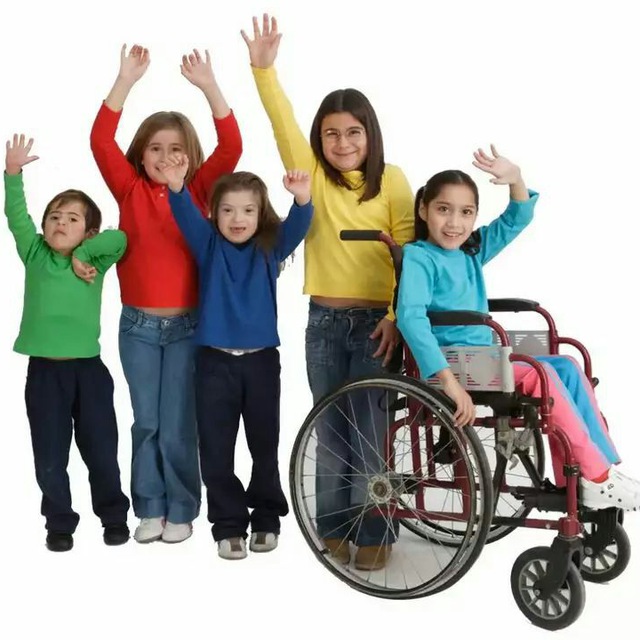
“A large block of bills was adopted in 2021, it is also planned to make changes to the legislation in 2022,” the deputy said.
New in 2022
Thus, from January 1, pensions for disabled people are calculated automatically. The new procedure involves the appointment of insurance and social disability pensions on a non-declared basis. At the same time, information about a person enters the Pension Fund through a system of interdepartmental interaction. And the process of assigning a pension takes no more than five days, after which the person receives a notification.
“Thanks to the new rules, people with disabilities will receive their pension within a month after being appointed and without unnecessary bureaucracy,” said Terentyev.
From March 1, the size of the quota for employees with disabilities will depend on the number of employees of the enterprise. Such amendments have been made to the Law “On Employment in the Russian Federation”.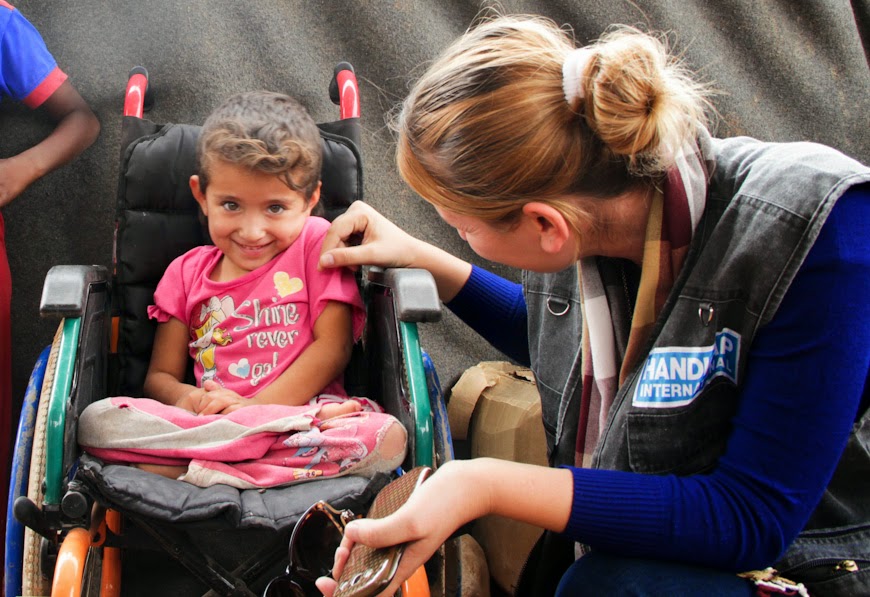 As with the current rules, the size of the quota will depend on the number of employees. Thus, for employers with more than 100 employees, a quota for hiring disabled people is set in the amount of 2 to 4 percent of the average number of employees. For employers whose number of employees is from 35 to 100 people inclusive - no more than 3 percent of the average number of employees. The specific size of the quota is determined by the legislation of the subject.
As with the current rules, the size of the quota will depend on the number of employees. Thus, for employers with more than 100 employees, a quota for hiring disabled people is set in the amount of 2 to 4 percent of the average number of employees. For employers whose number of employees is from 35 to 100 people inclusive - no more than 3 percent of the average number of employees. The specific size of the quota is determined by the legislation of the subject.
In addition, as of March 1, inquiries for employment of disabled people will be stricter. Since that time, a legislative norm has come into force that supplements the measures of social protection of persons with disabilities in the field of employment. According to these changes, the quota for the disabled will be considered fulfilled by the employer only when formal employment contracts are concluded with the required number of people with disabilities.
“Before that, it was enough if the employer simply created such positions and announced them, which was not always true,” commented the deputy.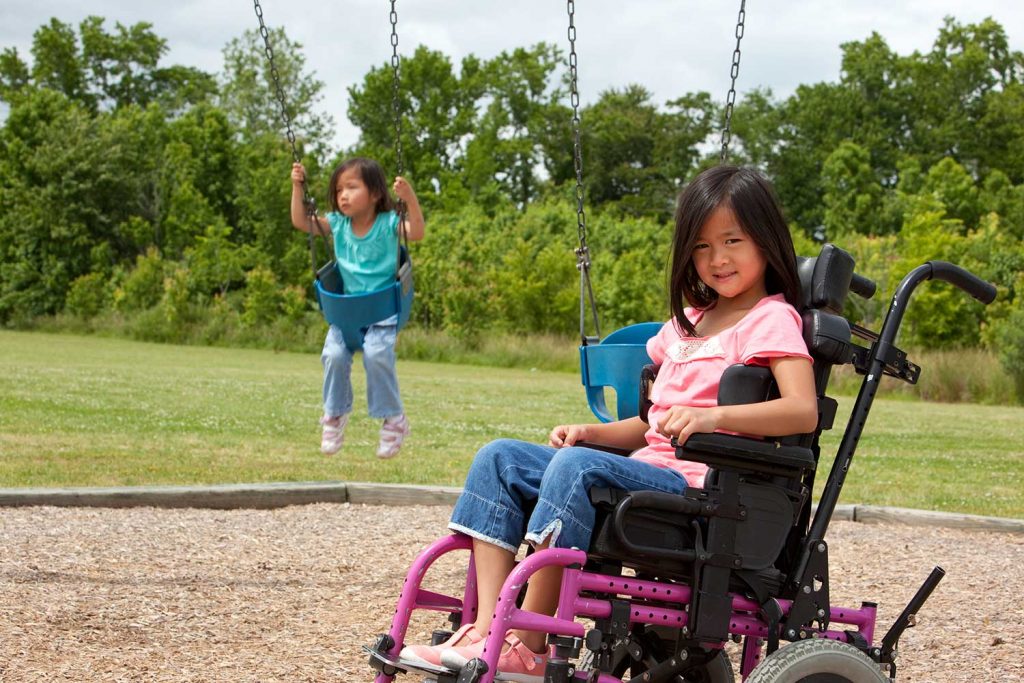
Also, until July 1, 2022, disability can be obtained in a simplified manner. Until that time, the Temporary procedure for recognizing a person as a disabled person has been extended, which simplifies the procedure for registering a disability, without the personal presence of a citizen.
“This allows us to minimize social contacts of citizens during the period of countering the spread of coronavirus infection,” said Mikhail Terentyev.
In addition, the State Duma passed a bill on free hospitalization of disabled children with their parents in the first reading.
“Currently, free hospitalization with parents is provided only for children under four years of age. The new document recognizes the status of a "disabled child" as a sufficient basis for making a decision on the presence of such a child together with one of his relatives in a hospital at no cost to him, without additional medical indications. the deputy said.
Another document that is planned to be adopted in the spring session is on free higher education for certain categories of disabled people. This rule is planned to be extended to citizens who, having received a disability, are unable to work in their former specialty. The document has already passed the first reading and is ready for further consideration, Mikhail Terentyev specified.
This rule is planned to be extended to citizens who, having received a disability, are unable to work in their former specialty. The document has already passed the first reading and is ready for further consideration, Mikhail Terentyev specified.
Where to start?
The deputy also told in detail how to apply for disability under the new rules and what changes may appear in this procedure in the near future. According to the rules valid until July 1, 2022, the procedure for registering disability has been simplified. It is carried out without the personal presence of a citizen.
“This makes it possible to minimize the social contacts of citizens during the period of countering the spread of coronavirus infection,” said Mikhail Terentyev.
Specialists of the medical and social expertise make an absentee decision on the establishment of disability both for the first time and when extending disability based on documents issued by medical organizations, the expert clarified.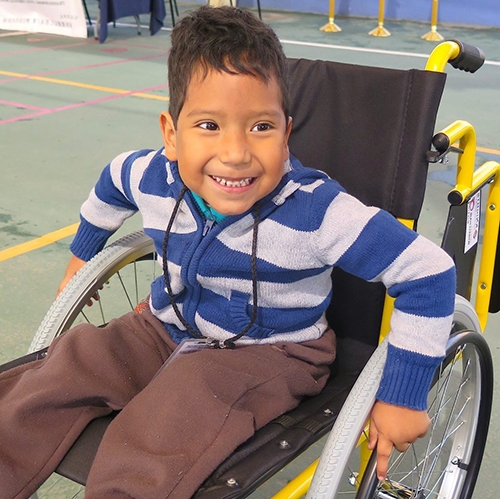
“If a disability is registered for the first time, then the medical organization itself sends the entire package of documents for a citizen to the ITU bureau in the form of an electronic document or on paper,” the deputy said.
At the same time, a citizen must contact a medical organization and undergo the necessary specialist doctors and examinations.
“If during the period of the Temporary Order a disabled child reaches the age of 18, then the extension of disability is carried out by establishing I, II or III disability groups for a period of 6 months,” the expert said.
After July 1, the medical and social examination will work, taking into account the proposed changes in the rules for recognizing a person as disabled. They are being considered right now, said Terentiev.
The main offers are as follows:
- the introduction of a provision according to which a citizen can choose between full-time and part-time examination;
- normative consolidation of the provision on the remote form of appealing against the decision of the ITU in a higher authority;
- the introduction of a single consent of a citizen to conduct activities and examinations provided for by the program of additional examinations (the citizen will have the right to refuse to conduct additional examinations, in this case, the decision to recognize a citizen as disabled or to refuse to establish disability should be made on the basis of information available to the ITU) .

What else is required?
In addition to the benefits listed above, which came into force in 2022, people with disabilities are entitled to other benefits.
Benefits in the sphere of labor
For employees with group I or II disability, the working week may not exceed 35 hours. For all disabled people, regardless of the disability group, an annual paid leave of at least 30 calendar days a year is established, and unpaid leave is also provided for up to 60 calendar days a year.
“At the same time, employment services should work in a proactive mode, help a person with a disability in finding a job and adapting to the workplace. On the Jobs in Russia website, you can find vacancies within the framework of the quota system for jobs for the disabled,” advised Mikhail Terentyev.
Also, one of the parents (guardian or custodian) for the care of disabled children, upon his written application, is provided with four additional paid days off per month
Benefits in the field of housing and communal services
Disabled people and families with disabled children are provided with a 50 percent compensation for housing and utility bills.
“Also, disabled people of groups I and II, disabled children, citizens with disabled children, are provided with compensation for the cost of paying a capital repair fee in the amount of 50 percent,” the expert said.
Tax incentives
Disabled people of groups I and II, disabled since childhood, disabled children are exempted from paying property tax (in relation to one object).
“When paying land tax, a benefit is provided in the form of a reduction in the tax base by the amount of the cadastral value of 600 square meters of one land plot (disabled people of groups I and II; disabled children, disabled children; disabled veterans of the Second World War and disabled combatants)”, — specified expert.
In addition, disabled people are provided with benefits in the field of education (when entering a university), in the field of transport (to pay for OSAGO, free parking, when paying for public transport, railway and air transport), free provision of technical means of rehabilitation, preferential provision medicines.
“It should also be noted that the Circle of Kindness Foundation, established by presidential decree, supports children with severe life-threatening diseases (including orphan ones): it purchases expensive drugs and pays for the necessary treatment,” recalled Mikhail Terentyev.
More detailed information about benefits for people with disabilities can be found on the website of the All-Russian Society of the Disabled in the "Answers to the most frequently asked questions" section.
“Special attention should be paid to the fact that, in accordance with regional legislation, persons with disabilities may be provided with additional measures of social support. Such lists of benefits need to be clarified with the social protection authorities of the region where the disabled person lives, ”said the chairman of the All-Russian Society of the Disabled.
Material and photo pnp.ru
1. General provisions \ ConsultantPlus
- Main
- Documents
- 1.
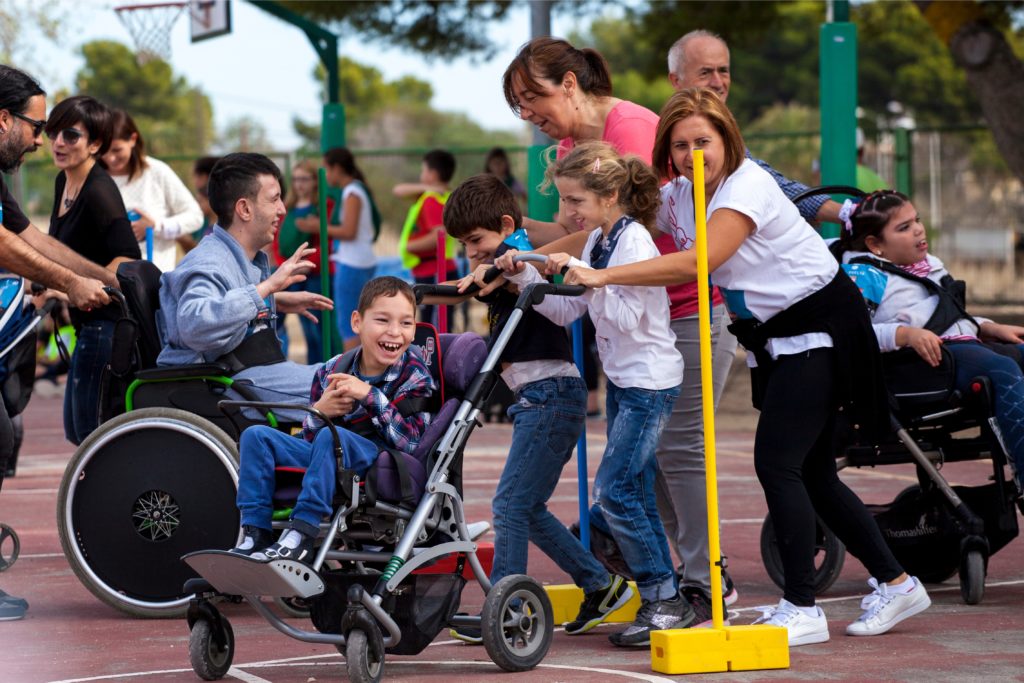 General Provisions
General Provisions
Order of the Government of the Russian Federation No. 1839-r dated August 31, 2016
1. General provisions
The need to develop early intervention in the Russian Federation is due to the provisions of the Universal Declaration of Human Rights, the Convention on the Rights of the Child in terms of creating a comfortable and friendly environment for life, ensuring the availability and quality of preschool education for children with disabilities, children with disabilities who do not have the status of a disabled child, children from risk groups, including orphans and children left without parental care, as well as for children in a socially dangerous situation.
According to the Federal State Statistics Service, the number of disabled children in Russia has increased over the past 5 years and amounts to about 2 percent of the child population. In the structure of causes of disability, mental and behavioral disorders (22.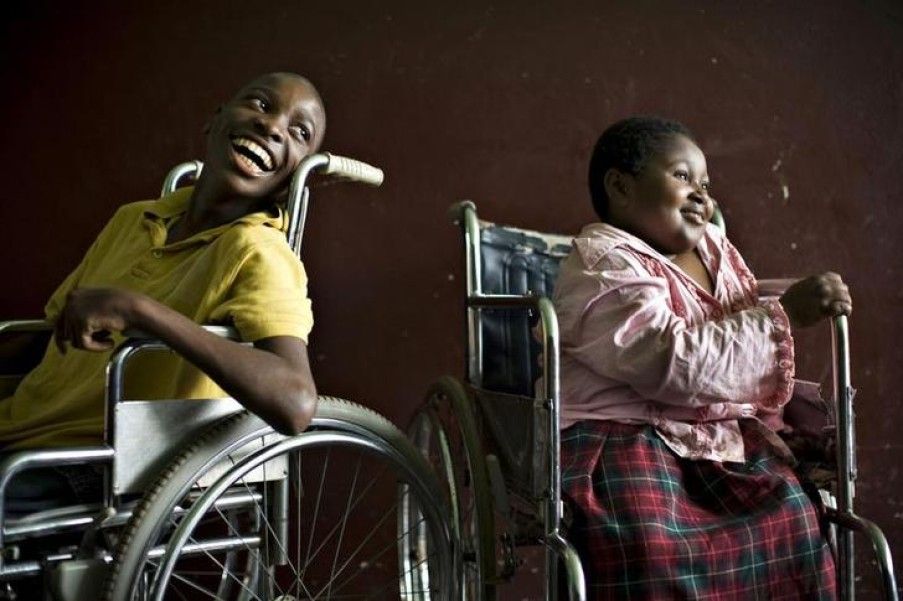 8 percent), congenital anomalies (malformations), deformities and chromosomal disorders (20.6 percent), diseases of the nervous system (20 percent) are most often observed.
8 percent), congenital anomalies (malformations), deformities and chromosomal disorders (20.6 percent), diseases of the nervous system (20 percent) are most often observed.
The early start of comprehensive care contributes to the maximum possible achievements in the development of the child, maintaining his health, as well as successful socialization and inclusion of the child in the educational environment with subsequent integration into society.
The Ministry of Labor and Social Protection of the Russian Federation, together with the Ministry of Education and Science of the Russian Federation, the Ministry of Health of the Russian Federation, the highest executive bodies of state power of the constituent entities of the Russian Federation, the Fund for Supporting Children in Difficult Life Situations (hereinafter referred to as the Fund), the expert community carried out elaboration of the issue of the need to develop early assistance to children at risk, children with disabilities, children with genetic disorders and accompanying their families.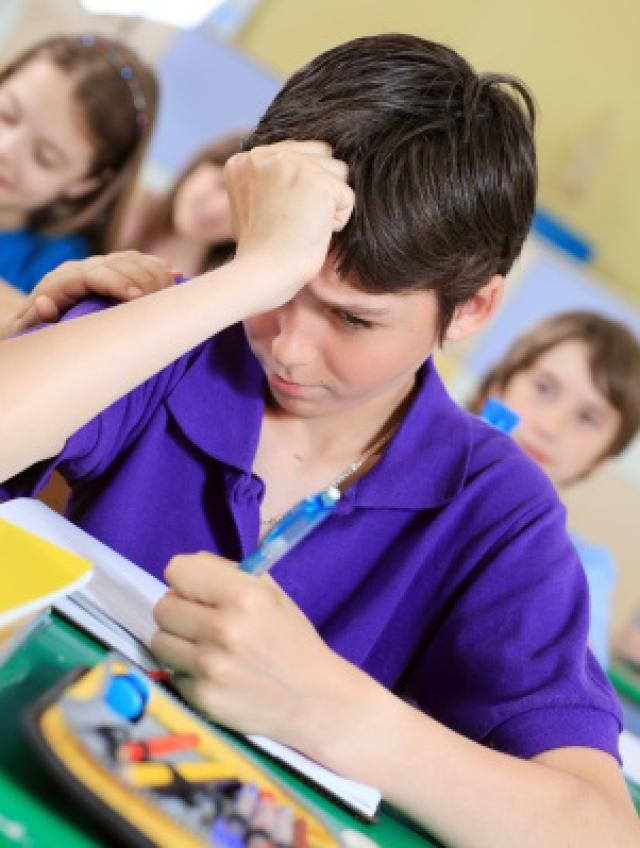 The issues of methodological support of work in the constituent entities of the Russian Federation in this area are also considered. In the course of the work, information received from 76 constituent entities of the Russian Federation on the current practice in the regions of providing early assistance to children with disabilities and children at risk was analyzed.
The issues of methodological support of work in the constituent entities of the Russian Federation in this area are also considered. In the course of the work, information received from 76 constituent entities of the Russian Federation on the current practice in the regions of providing early assistance to children with disabilities and children at risk was analyzed.
In some subjects of the Russian Federation (the Republic of Mari El, Novosibirsk and Samara regions, St. Petersburg, etc.) regional models and regional interdepartmental programs of early intervention, early assistance to children with developmental disorders and disabled children have been developed and implemented.
In 2009-2015, in 29 constituent entities of the Russian Federation, the programs of the Early Intervention Foundation and the Right to Be Equal were implemented, providing for the provision of early assistance to children with disabilities, children with disabilities and families raising them, in another 45 regions work on early detection and prevention of disability in children based on interagency cooperation, the mechanism of which is determined taking into account the choice of the coordinating agency.
Approaches to the provision of early intervention in the regions are different, and in some cases, the relevant services are not provided in sufficient volume (on a course basis, 14-21 days a year) to correct violations in the development of the child, while the principles of continuity and family orientation of early intervention are not observed. help.
The target group for early intervention are families with children aged 0 to 3 who have physical or mental retardation, health conditions that are highly likely to lead to developmental delays.
There are 3 main types of organization of the early intervention system:
a network of typical early intervention services, as a rule, based on institutions of the same departmental affiliation, ensuring maximum coverage of families with children of the target group in their immediate residence, with the simultaneous definition (creation) a single regional information and methodological (resource) center (the Republic of Mari El, Tatarstan, Altai Territory, Novosibirsk, Samara, Tambov, Tyumen regions, etc. ). At the same time, the effectiveness of interdepartmental interaction is ensured by specially developed procedures for interaction between executive authorities and institutions of different departmental affiliation;
). At the same time, the effectiveness of interdepartmental interaction is ensured by specially developed procedures for interaction between executive authorities and institutions of different departmental affiliation;
system of early intervention, in which the central place is occupied by one institution that provides early intervention services in various areas (education, medicine, social sphere), which is the coordinator of this work and provides the maximum amount of practical and methodological activities (Republic of Sakha (Yakutia), Krasnoyarsk Territory, Astrakhan, Arkhangelsk, Vologda, Kaluga, Kursk regions). At the same time, other participating organizations develop and implement individual technologies for providing early assistance;
early intervention organization, in which the opening of early intervention services and the introduction of new technologies are mainly concentrated on the basis of 3-4 organizations, including medical organizations, educational organizations and social service organizations (Trans-Baikal and Kamchatka Territories, Kaliningrad and Kurgan Regions, Jewish Autonomous Region).
Thus, from the analysis of the information provided by the constituent entities of the Russian Federation, it follows that so far there are no uniform approaches, norms and standards for organizing the provision of early intervention services and coordinating the activities of various departments in its organization.
This is due to the peculiarities of the socio-demographic situation, socio-economic conditions, the availability of the resource base, and other regional factors and makes it difficult to create equal conditions for the provision of early intervention services to children and their families living in different regions.
In preparing this Concept, the existing experience of the regions in this area, scientific and methodological developments, various programs for the early detection and early complex correction of developmental disorders, the experience of early assistance and support services, international experience (in many countries of the world receive early intervention services, which are essentially the equivalent of early intervention services).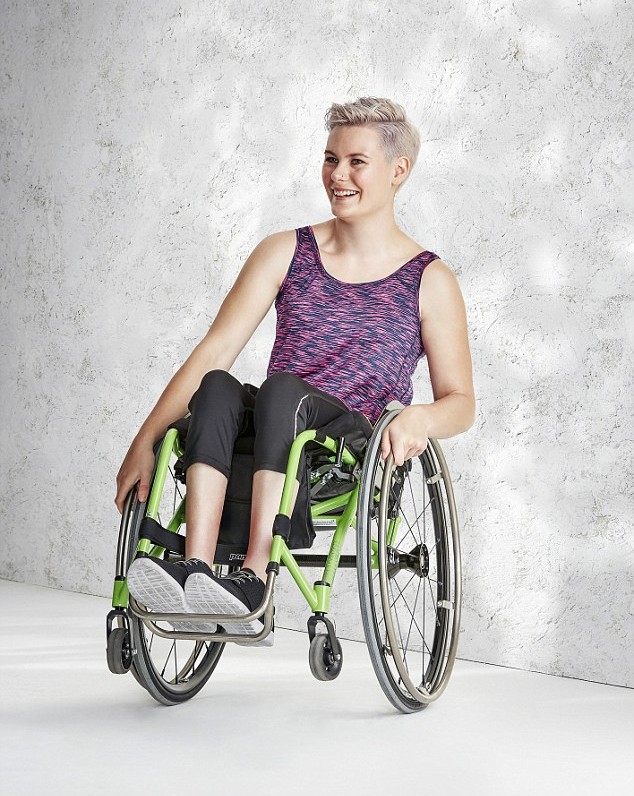
During the implementation of this Concept, it is planned to use the accumulated experience in providing early intervention as a significant resource for those regions that are just starting to implement regional early intervention programs.
The development of a unified approach to the formation of early assistance and accompanying children and their families in need of it, as well as to the definition of a mechanism for interdepartmental interaction on these issues at the federal and regional levels, is topical.
At the federal level, issues of interdepartmental cooperation are planned to be resolved by amending the legislation of the Russian Federation.
At the regional level, the solution of the problem of organizing support for children and their families during the implementation of early intervention programs should be ensured on the basis of coordination of interaction between organizations of various departmental affiliations, the normative definition of their functionality for working with families, as well as the active involvement of non-governmental organizations in this process, including socially oriented non-profit organizations.
It is also proposed to ensure the coordination of services aimed at the development of all aspects of a child's life, using an interdisciplinary approach in organizing effective interdepartmental interaction.
In order to organize the adaptation and inclusion in society of children of the target group over the age of 3 who cannot be fully included in the system of receiving educational services (in accordance with the conclusion of the psychological, medical and pedagogical commission), it is proposed to provide for the possibility of continuing to provide early intervention services in the required volume up to 7 - 8 years of age.
In addition, the Ministry of Health of the Russian Federation has developed a draft concept for providing early care to children with genetic disorders, aimed at early detection, increasing the availability and quality of the necessary specialized medical care for children with genetic diseases, including in the perinatal period.
Identification of children with congenital and hereditary diseases, providing them with medical care, providing psychological and social assistance to their parents at the initial stage, it is advisable to implement in medical organizations where genetic disorders are detected in the perinatal or postnatal period.
In the future, the inclusion of children with genetic disorders and their families in regional early intervention programs on an equal basis with children of other categories should be carried out on a common basis, while children with genetic disorders and their families are included in the target group of recipients of early intervention services provided for by this Concept.
The implementation of the activities of this Concept, its financial support, the preparation of methodological materials, draft standard documents, models of interdepartmental interaction in organizing early assistance and support, as well as the analysis and implementation of existing methodological materials in this area are planned to be carried out as part of the implementation of the state program of the Russian Federation "Accessible Environment" for 2011 - 2020, approved by the Decree of the Government of the Russian Federation of December 1, 2015 N 1297 "On Approval of the State Program of the Russian Federation "Accessible Environment" for 2011-2020".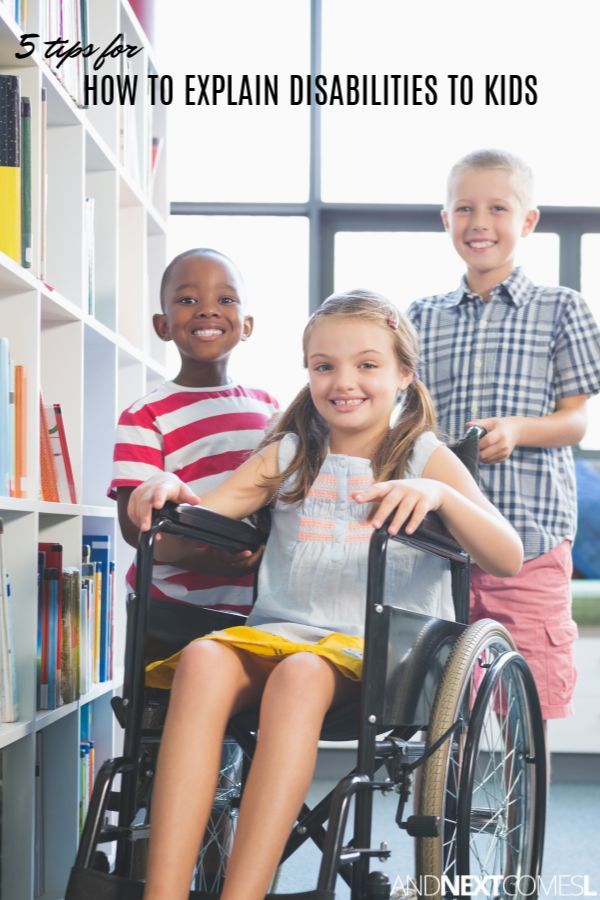
For the purposes of this Concept, the following basic concepts are used:
"target group children" - children from 0 to 3 years old with disabilities, including children with disabilities, children with disabilities, children with genetic disorders, as well as children at risk;
"children at risk" - children at risk of developing permanent disorders of body functions and life restrictions, as well as children at social risk of developing life restrictions, including orphans and children left without parental care, who are in organizations for children -orphans and children left without parental care, and children from families in a socially dangerous situation;
"early help" - a complex of medical, social and psychological and pedagogical services provided on an interdepartmental basis to children of the target group and their families, aimed at early identification of children of the target group, promoting their optimal development, the formation of physical and mental health, inclusion in the environment peers and integration into society, as well as to accompany and support their families and increase the competence of parents (legal representatives).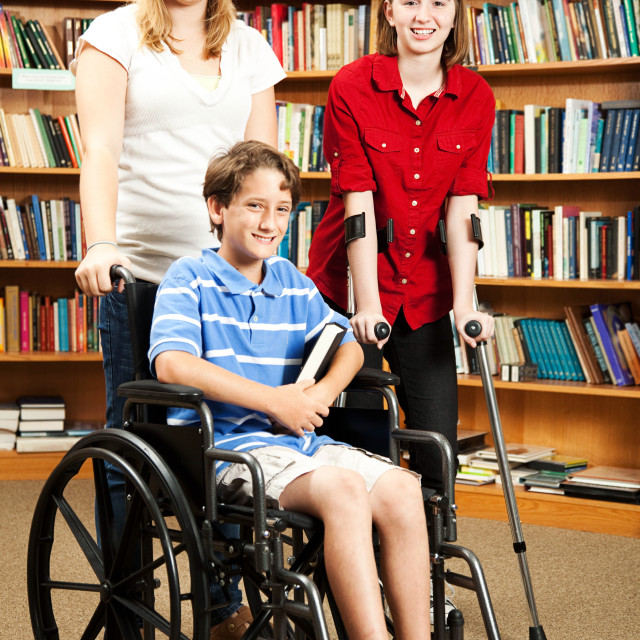 If a child has pronounced impairments of body functions and (or) significant limitations of life activity, leading to the fact that the child cannot be fully included in the system of receiving educational services, it is possible to continue providing such services until the child reaches the age of 7-8 years;
If a child has pronounced impairments of body functions and (or) significant limitations of life activity, leading to the fact that the child cannot be fully included in the system of receiving educational services, it is possible to continue providing such services until the child reaches the age of 7-8 years;
"Early Care Program" - a program aimed at ensuring the implementation of a range of early care services in the region based on interdepartmental interaction between state authorities of the constituent entities of the Russian Federation, local governments, medical organizations, social service organizations, organizations engaged in educational activities, including non-state organizations, including socially oriented non-profit organizations;
"individual early intervention program" - a program that includes the scope, timing, procedure and content of services provided to a particular child and family under the early intervention program. An individual early intervention program is formed by an interdisciplinary team of specialists in accordance with an approximate list of early intervention services according to the appendix based on interdepartmental interaction between medical organizations, social service organizations, organizations engaged in educational activities, including non-governmental organizations, including socially oriented non-profit organizations;
"interdisciplinary team of professionals" - a group of professionals working in an organization providing early intervention services and involved in the development and implementation of an individual early intervention program. All decisions are made by them jointly following the results of the discussion, while each team member is responsible for their professional work. It is assumed that the interdisciplinary team may include an early intervention specialist, doctors of various specialties, a psychologist, a social work specialist and other specialists. In this regard, the federal executive authorities (within the limits of their competence) and the state authorities of the subjects of the Russian Federation need to work out the issues of providing specialists with new competencies during their training and retraining, as well as, if necessary, amending the relevant educational standards;
All decisions are made by them jointly following the results of the discussion, while each team member is responsible for their professional work. It is assumed that the interdisciplinary team may include an early intervention specialist, doctors of various specialties, a psychologist, a social work specialist and other specialists. In this regard, the federal executive authorities (within the limits of their competence) and the state authorities of the subjects of the Russian Federation need to work out the issues of providing specialists with new competencies during their training and retraining, as well as, if necessary, amending the relevant educational standards;
"early care specialist" - a specialist with higher education in the field of preschool or special pedagogy or early childhood psychology, as well as additional professional education in the advanced training program "Early Care".
Concept for the development of early intervention in the Russian Federation for the period up to 2020 2.